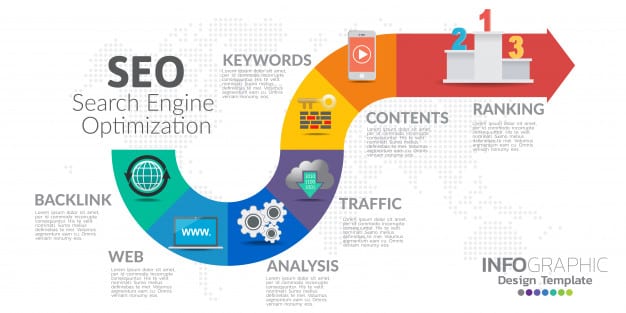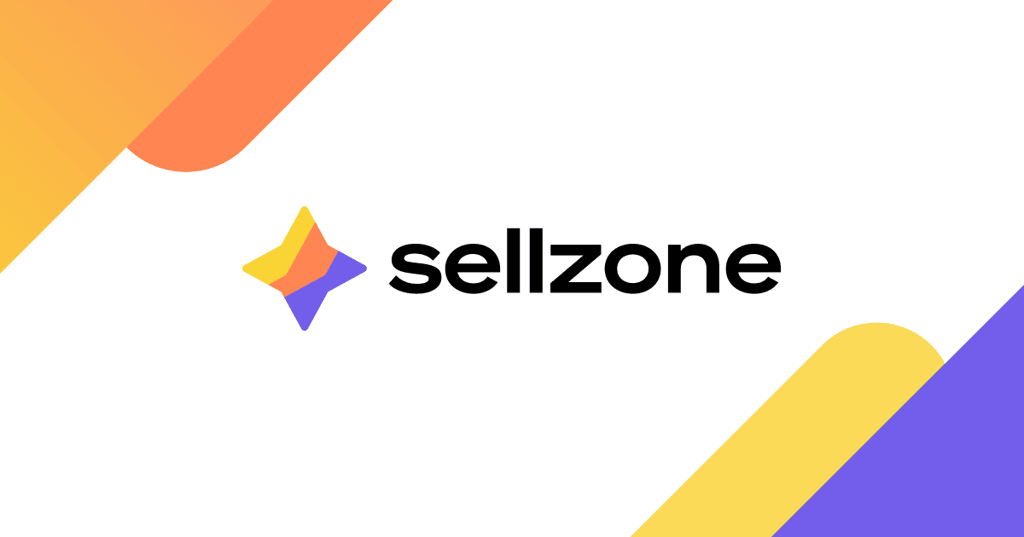What is SEO?
While many people thought that if they built a website, then people would come, the reality is far different. With millions of websites and thousands of new ones every day, having a site found is not an easy task. You can do link building and promote via social media, but the modern way to gain traffic is to get your site listed on the search engines.
More importantly, you want to optimize your site and its pages so that the search engines will place them at or near the top of their search results. This process is Search Engine Optimization (SEO).
SEO is not a topic that can be covered in one short article; however, there are a few key things that can be done as you build your sites and create content. Following are some basic suggestions to keep in mind as you build your site. These are not presented in any specific order. Each has been known to help SEO performance.
Create Relevant, Solid Content
Regardless of anything anyone says about SEO, the first and most important focus of any site or page on a site should be with the content. Your content should deliver value to the reader. The SEO you add to the pages should simply tweak the overall experience, not define it. You should avoid negatively impacting the user experience when adding optimizations for search. While SEO best practices tend to evolve over time, the emphasis has always been to reward good content and good user experience.
Use Clean HTML
Use clean, modern HTML. This includes making sure all tags are closed and that deprecated tags are replaced with current ones. For example, use a strong tag over a b tag. In addition to using proper HTML syntax, use clean styles (CSS) as well as microformats and schema markup. When possible, use the new tags in HTML 5 for areas such as articles, headings, footers, navigation, and authors.
Keep a Proper Title and Heading
When building a page, include a Title tag and a single H1 tag. Your title should be clear, concise, and engaging for the reader. Many people will state that you should keep a targeted keyword in the title, that you should keep the targeted keyword near the beginning. Ultimately, having a clear title that engages the reader can be of more value, than having a title stuffed with keywords.
You should have only one H1 Tag on a given page. Similar to the title, this should be written with the reader or user in mind. It is beneficial to have your keyword phrase included; however, it should not be forced.
Limit Noise Relative to Content
It is extremely rare for a reader to come to a web page to read the ads and other information you have surrounding your content. You should ensure that the page has a focus on the content and not on the other items that might distract the reader. Ads, Navigation, cross references, feeds from other sites, and list of links are all examples of items that can be posted around content. It is okay to include these items, but again, makes sure they are relevant and make sure they don’t overshadow the content.
Having said that, it might be that your intent is to use the content to get the reader to do something else. For example, if you are selling scarves, then you might create content around the use of scarves. While getting people to read these articles is great, your business model is to get them to buy a scarf, thus you might want to design a page that draws attention away from the article to the information on buying. In this case, you still want the focus of the article and the page to be on the content of the article so that the page is ranked by the search engines and thus displayed higher. You’ll want to balance how much you push the sale side versus the content side.
For each of your pages, you should include relevant meta tags. This includes a meta title and a meta description tag. These tags should be written concisely as their values could be used on search pages. Additionally, these can contain keywords, but ultimately the readability and user experience are most important.
Avoid Duplicate Data — Do Duplicate Data Correctly
Duplicate data, including duplicate pages, can be very detrimental to you site. Your pages should be unique, original content. You should avoid posting the same content to multiple sites or in multiple places. If you need to post duplicate content, then use canonical tagging so that the search engines can know which copy is the original. If others copy your content, makes sure they are using canonical linking to your copy of the original article.
Do Backlinking Correctly
Backlinking is simply links on other sites that point to your site’s page. Backlinking is a topic that is big enough to be covered in its own article. In short, you want to be careful with what backlinking you do from your site and what backlinks you allow to exist that point to your site. Make sure that any sites linking to your site are relevant. Backlinks on unrelated sites or on spammy sites can hurt your SEO ranking.
If you include links on your site that point to other sites, then you should make sure you are pointing to relevant sites. You should never trade links, nor should you ask unrelated sites to link to yours. Many SEO companies will offer to get you a certain number of backlinks. While backlinks are very important, if they are done wrong they can hurt your site’s SEO. You need to have any toxic backlinks removed or disavowed!
Make Sure Your Site is Engaging
Factors such as the amount of time a user spends on a page as well as whether a user clicks on something on a page are both important. Both show user engagement with a page. If users are truly using a page, then the time spent on the pages should be above average. If time on a page is extremely short, then it could indicate that users aren’t getting value out of a page because they are leaving.
If a user clicks a link on a page, then that indicates they are engaging with the site. This is especially true if the link is internal to the site. If a user comes to a page and then leaves the site, that indicates that they bounced. You want to keep a bounce rate low or it can impact SEO.
Another tip for making an engaging site is to make sure you use a variety of elements on your site pages. Don’t just focus on the text. That can get very boring on older articles. You should also consider using formatting as well as tables, bullet lists, and images.
Create Responsive Pages
With so many different form factors for computer screens and mobile devices, it is important that your web site adapts to each. This includes making sure your web site works on both desktop and mobile devices. Because the number of people using smart phones continues to increase, it is becoming more critical to support the small mobile screens. Similarly, it is also important to consider larger 4K screens as well.
Keep Images Clean
As a part of making your sites engaging, you should consider including images as well. When including images, you should keep several things in mind. First, as mentioned previously, keep responsive design in mind. Your site should consider resizing images based on the size of the screen or browser being used to view your pages. For example, an image that is 800 pixels wide might not display on all mobile devices.
You should also review the file size of your images. The larger an image file size, the longer it will take to download and thus the slower the site page will be to load. If a file size is over 50kb, then you should look to reduce the size by either shrinking the image or optimizing how it is stored.
When including the images in your HTML code, makes sure you include a descriptive file name and an alt tag with relevant text. You should use your targeted keyword if it fits within the context of these items.
Optimize Your Site for Speed
Making sure a site is written in a manner that allows it to download quickly will also help with SEO. This can include making sure image files are optimized to the smallest size possible. This doesn’t mean images need to be small, but that rather the file sizes need to be small. If a file is over 50k, you should review whether it could be reduced to something smaller. Similarly, JavaScript should be streamlined.
The longer it takes for your site to load, the higher the chance for you to be penalized. Keeping load time to less than a couple of seconds should always be the target. It is important to remember that not everyone has high bandwidth connections.
Use HTTPS, not Just HTTP
It is becoming much more important to make sure your web pages are secure. This includes setting up your site to use HTTPS instead of the defaulted HTTP. This has not been a big concern for many sites; however, its importance continues to increase.
Focus First on the Content
SEO should be a consideration whenever you are building web pages. As stated, the most important thing when optimizing for the search engines is to focus on the overall content. Make sure the content is written and presented in a manner that is most valuable to the reader. Doing this along with the above tips, should all help you rank better on the search engines.









